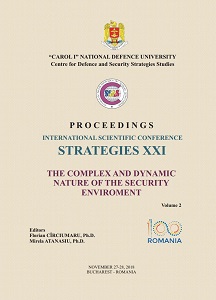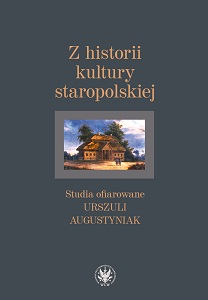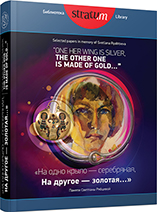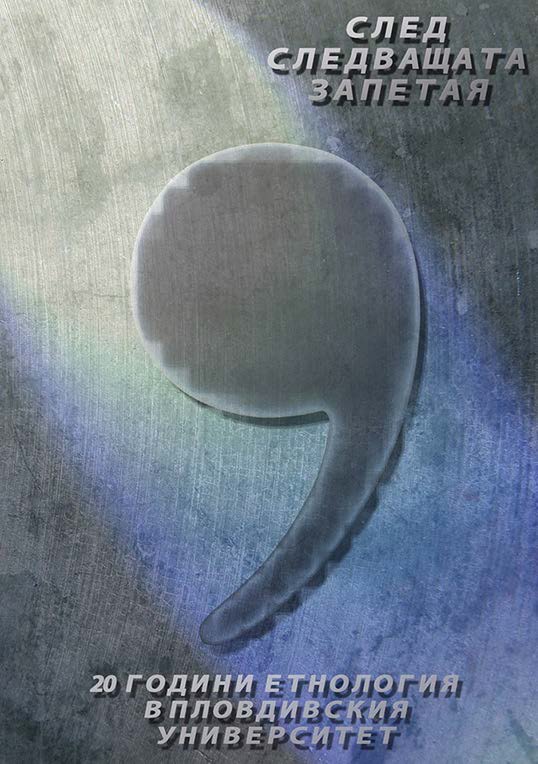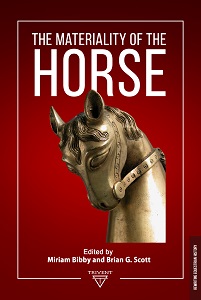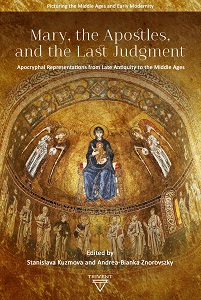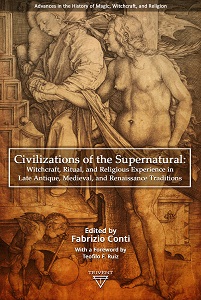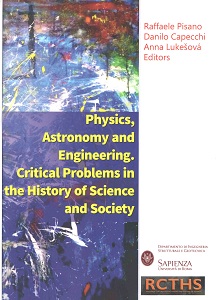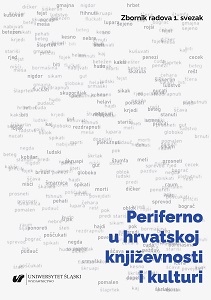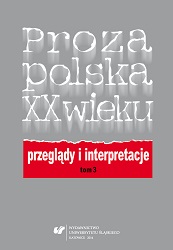
Zmaganie z „syndromem wygnania”. O "Unsere" Jana Darowskiego
The article reminds us of Jan Darowski, a writer almost unknown in Poland until recently. The author pays special attention to his autobiographic novel entitled "Unsere", that was published as late as in 2012 and constitutes a unique record of an experience of a war man who grew up in Silesia on the Polish-German borderline, was conscripted to Wehrmacht during war, and, subsequently, escaped to the ally army in order to fight with Germans. Writings having an auto-therapeutic overtone allowed him to search himself and his place in the world. A battle with the “syndrome of exile” was connected with the need to give evidence on the past and people who created it. The past, influencing the present made “I” from the past overlap with “I” from the present. As a result, the character from "Unsere" is a hostage of his own memories. Searching himself is also the need to be a part of the group. Thanks to it, what is personal and individual permeated and supplemented what is collective. What is deposited remained in a privatememory was connected with what was located in the culture, giving fundaments of his own identity.
More...
